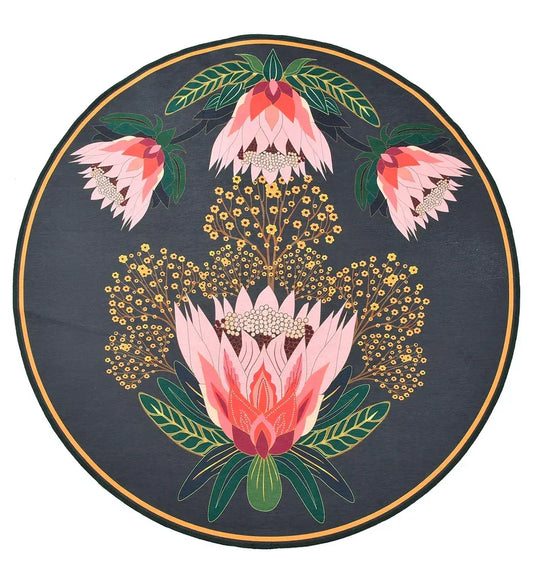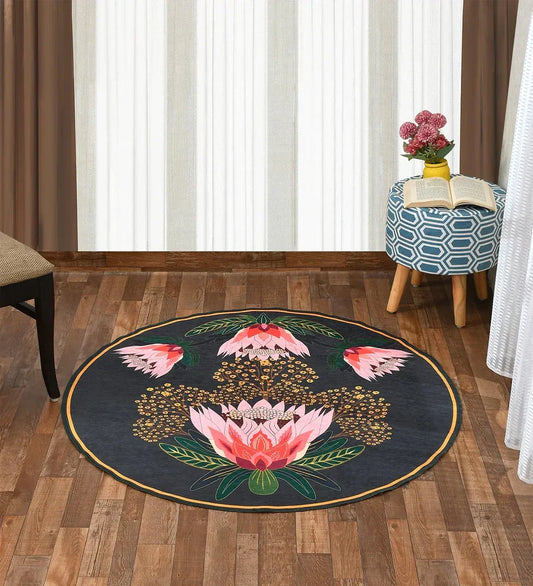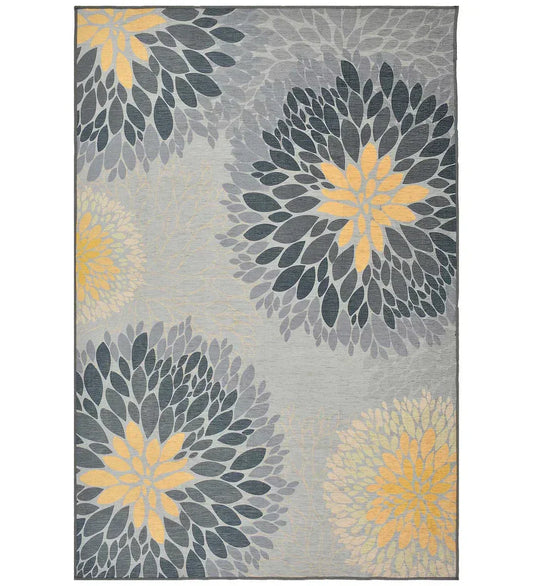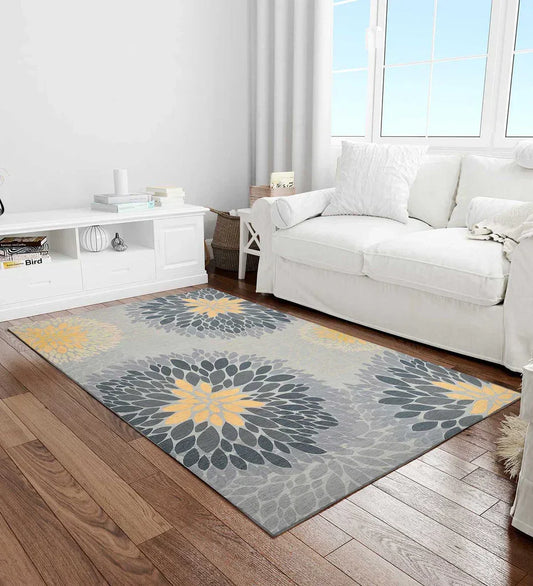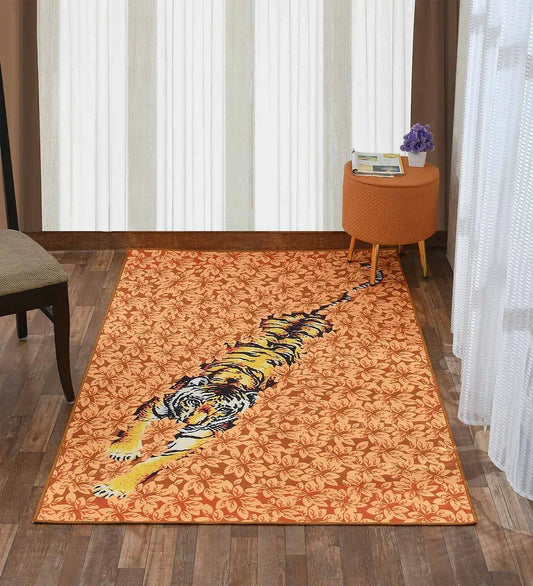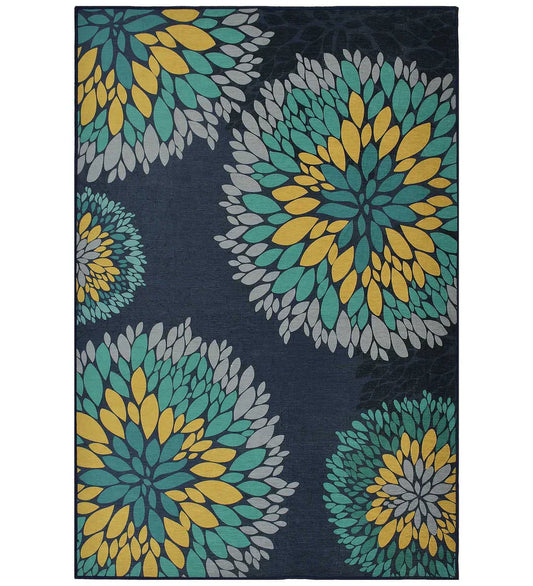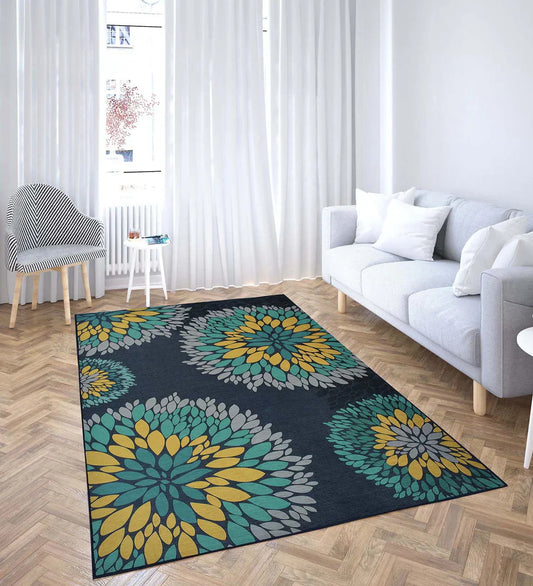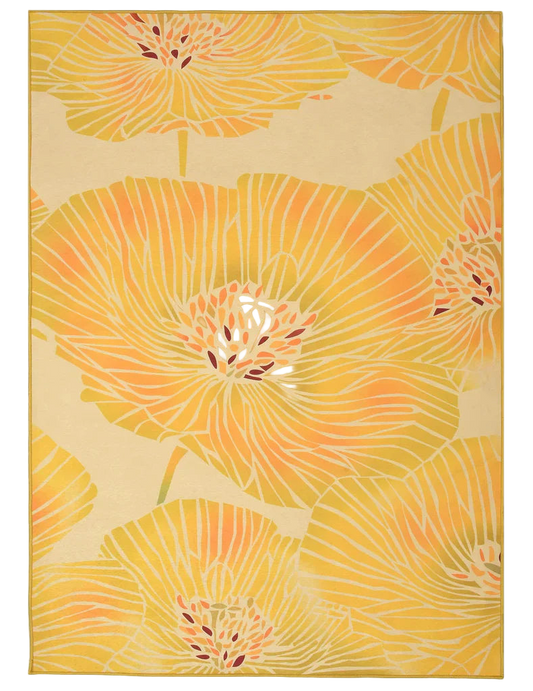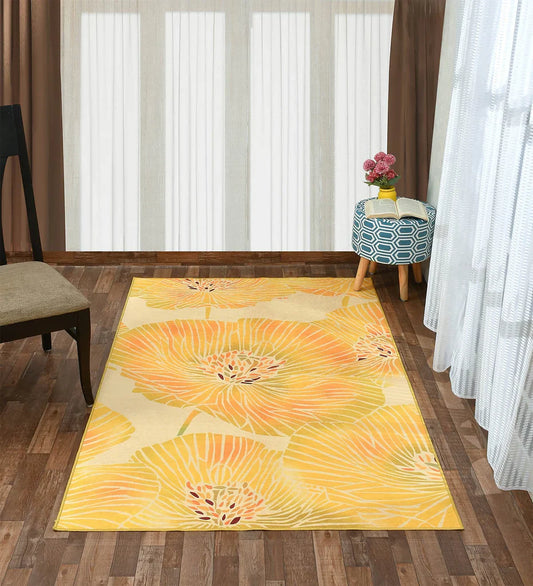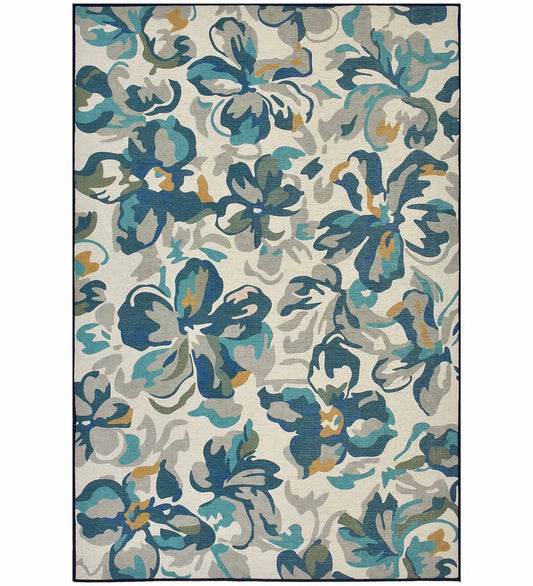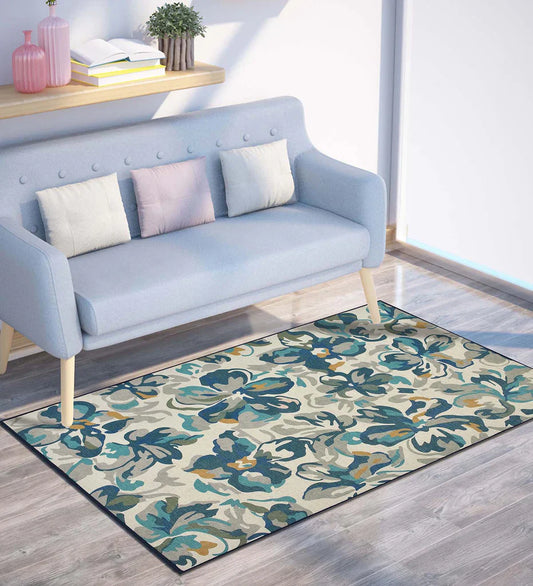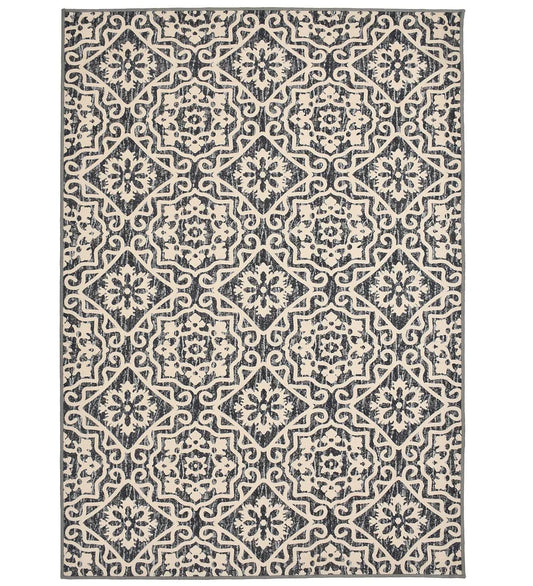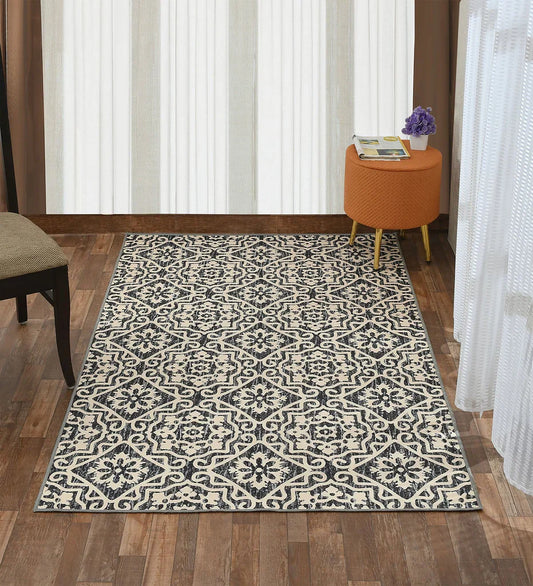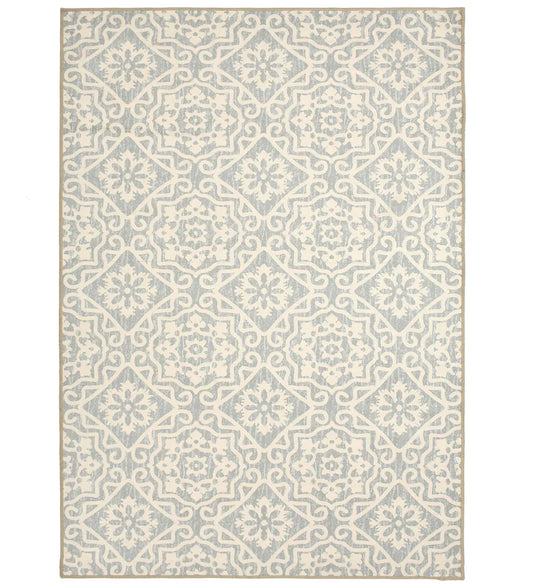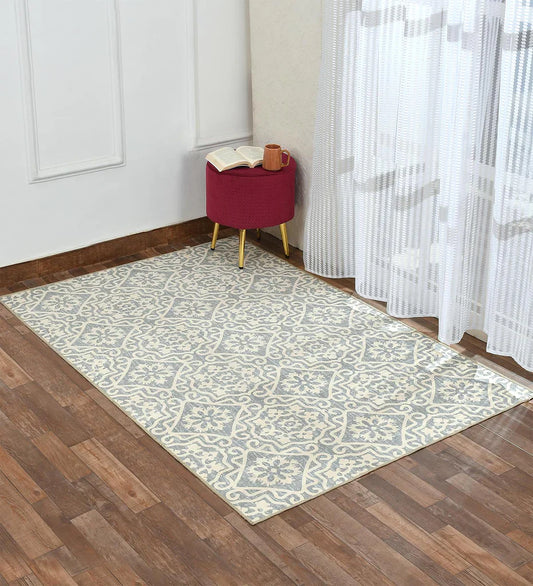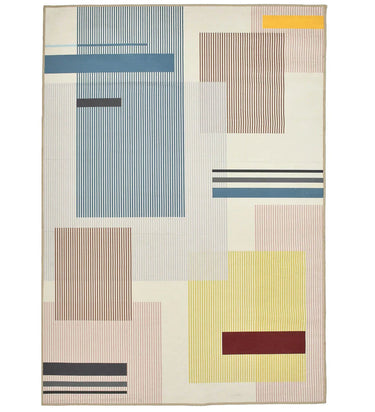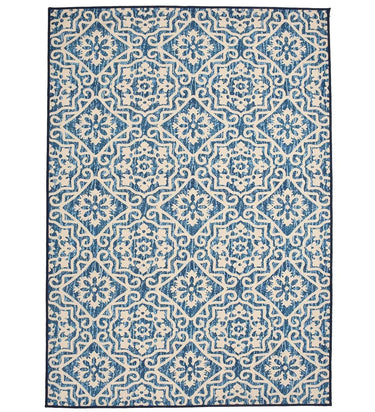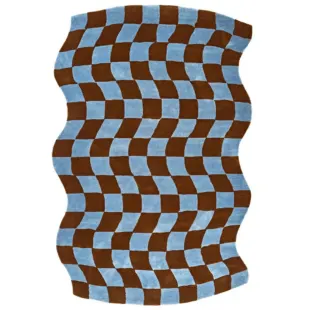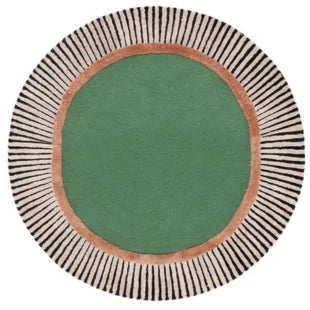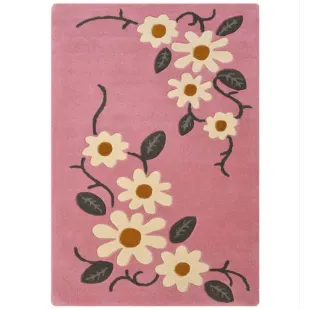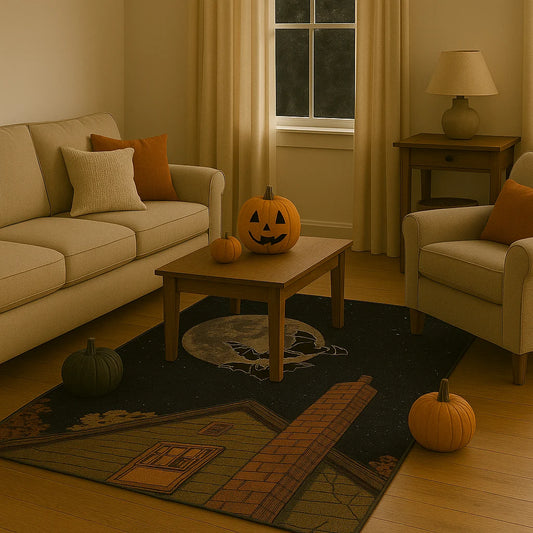Rug Thickness Guide:
Choosing the right rug for your space involves a lot of things, more than just colors and patterns. One of the most critical yet often overlooked factors is rug thickness.
This is our guide, which dives deep into the rug pile height, carpet thickness, and how these details will directly impact everything from the comfort and aesthetics to the maintenance and durability.
Whether you are selecting a low-pile rug for your hallway or a thick-pile rug for your bedroom, understanding pile height is essential and important as well.
What Is Rug Thickness or Pile Height?
Rug Thickness is Defined as,
Rug thickness, which is also called pile height, refers directly to the vertical height of a rug's fibers from the base (or backing) to the top of the yarn. It can be measured in millimeters or inches.
- Pile Height = Surface to Backing Distance.
Pile Height vs. Pile Thickness:
While they are often used interchangeably, the pile thickness refers to the perceived density and fullness, while the pile height is the exact measurement. Do you know that a rug can have a high pile but still feel thin if it's loosely woven?
Rug Pile Height Chart:
|
Pile Category |
Height Range |
Best For |
|
Low Pile Rug |
Less than 0.25" |
Hallways, entryways, under doors |
|
Medium Pile Rug |
0.25" to 0.5" |
Living rooms, bedrooms |
|
High Pile Rug |
Above 0.5" |
Cozy areas, low-traffic spaces |
|
Shag / Plush Pile |
1" and above |
Lounges, nurseries, bedrooms |
Common Examples:
- Kilim Rugs: ~0.2 in (Low Pile)
- Soumak Rugs: ~0.3 in (Medium Pile)
- Tulu Rugs: ~0.5 in+ (High Pile)
Rug or Carpet Thickness Guide: Which Pile Height Should You Choose?
Low-Pile Rugs:
- Advantages: They are durable, easy to clean, and best for heavy foot traffic.
- Ideal for: The entryways, offices, and dining rooms.
- Examples: As the flat-weave kilims, vintage hand-knotted rugs.
Medium-Pile Rugs:
- Advantages: They are balanced comfort and maintenance.
- Ideal for: The living rooms and guest rooms.
- Examples: As the Herki rugs and Persian mid-pile carpets.
High-Pile and Thick-Pile Rugs:
- Advantages: They feel luxurious, with a soft texture.
- Ideal for: The bedrooms, lounges, and reading nooks.
- Examples: As the Tulu rugs and shaggy Moroccan styles.
Note: You should know that a thicker rug doesn’t always mean better quality. Finely woven, low-pile rugs can be far more valuable and durable.
Area Rug Thickness: How It Affects Functionality
1. Comfort:
- Thicker rugs offer more cushioning and warmth.
- Important for bedrooms and cozy sitting areas.
2. Durability:
- Low pile = less wear and tear.
- High pile = more prone to crushing under furniture.
3. Cleaning and Maintenance:
- Short pile rugs are vacuum-friendly.
- Thick pile rugs can trap debris and may require special care.
4. Furniture Compatibility:
- Rugs with high pile heights can cause furniture instability and imprint marks.
- Use rug pads for added protection and thickness control.
Rug Pad Thickness Guide:
A good rug pad enhances both safety and comfort. Here’s how to choose based on rug thickness:
|
Rug Type |
Ideal Pad Thickness |
|
Low Pile (<0.25") |
1/8" – Thin Grip Pad |
|
Medium Pile |
1/4" Cushioned Pad |
|
High Pile (>0.5") |
3/8"+ Felt + Rubber Pad |
How to Measure Carpet or Rug Pile Height:
Step-by-step process:
- You should use a ruler or caliper.
- Then measure from the rug surface (top of the fiber) to the backing.
- And also avoid including the backing or rug pad in your measurement.
Pro Tip: The pile height doesn’t include backing material, only the fiber length.
Rug Pile Types and Their Meaning:
Loop Pile:
- Continuous loops with no cut ends.
- Durable and low-maintenance.
Cut Pile:
- Yarn is sheared, creating soft, upright fibers.
- Comes in plush, Saxony, or frieze styles.
Combination (Cut and Loop):
- Patterned texture from mixed heights.
- Adds dimension and interest to floors.
Pile Height FAQs:
What is pile height in rugs?
Pile height is the measure of the rug fibers from surface to backing. It determines how thick or flat a rug feels.
Is a thicker rug better?
Not necessarily. Thicker rugs feel softer but may crush easily. Consider durability and placement.
What pile height is best for a living room rug?
A medium pile height (0.25" to 0.5") offers a great balance of softness and wear resistance.
How do we know the pile of my rug?
Measure with a ruler from the top of the fiber to the backing. You can also check the manufacturer’s rug pile height chart.
What are thin rugs called?
Flat-weave or kilim rugs are known for their ultra-low pile and lightweight structure.
Are thick rugs harder to clean?
Yes, thick rugs can trap more dust and may not be vacuum-compatible with beater bars. Use suction-only settings or handheld attachments.
Final Thoughts on Rug Thickness Guide:
To understand the rug thickness chart, pile height types, and how do we to measure carpet pile height will empower you to make informed choices.
Whether you're investing in a high pile Persian rug, a low pile vintage kilim, or a medium pile wool rug for your living room, pile height plays a crucial role in aesthetics, comfort, and durability.
Use this comprehensive rug thickness guide to select rugs that not only match your style but also serve your functional needs effectively.
Crafted with intention by Hazel Grace | Marketing & Content Team - Mannat Rugs.
